In the age of digital disruption, who really has control- the consumer, or the advertiser? Traditional radio ads are taking the back seat as tech-savvy consumers are skirting ads with subscription-based streaming services, and ad blocking internet radio apps. The desire for personalized content and an on-demand mentality is leading many consumers to pursue an ad free, drive time experience. Connected cars (4G wireless internet technology) and Bluetooth allow drivers to instantly stream their music, downloaded content, or news from their smartphones or car dashboard apps with little to no advertisements.
More than 245 million Americans listen to the radio at least once a week, according to Nielsen. This is an impressive statistic, however it does not take into account external factors like channel hopping, muted volume, and platform switching (radio to Bluetooth or auxiliary cord) to avoid ads. Also, take into consideration top radio stations play the same hit songs on a continuous loop, yet another frustrating factor. With today’s in-car advancements, there is no guarantee your ad is heard - hit songs and the news are available on alternative radio stations and smartphone apps.
The future for radio will continue to face many obstacles as in-car dashboards become increasingly consumer-oriented. Considering 60% of all radio consumption occurs in the car, and connected cars are predicted to be 75% of the estimated 92 million cars shipped globally in 2020, it will only become easier to bypass radio advertisements.
Another threatening development on the rise is partnerships between technology companies and automakers. Newer, connected-car models and younger tech-raised generations entering the driving equation, will only further propel these relationships. Radio stations are not only competing with alternative radio providers (SiriusXM, Spotify, Pandora), but also with big tech companies like Apple, Android, and Google. In June 2014, Google released Android Auto, an app allowing Android users to connect their smartphones to their cars' dashboards. Shortly after, Apple debuted Apple CarPlay in 2015. This mobile-to-car integration makes it easier and more intuitive to access apps and alternatives to AM/FM radio, all of which auto manufacturers are adopting.
According to SiriusXM, 75% of all new vehicles sold in the United States come with satellite radio installed. Some new cars even come with 1-year commercial free radio as an incentive, while other companies cover installations through promotions. Connected-cars’ “infotainment” and app suite dashboards provide drivers with more options, increasing in-car competition for AM/FM radio. Not to mention, auto shoppers’ spend is now dictated by available in-car tech. AutoTrader’s 2017 Car Tech Impact study revealed on average all age groups are willing to spend an additional $2,276 for the technology they want in a vehicle, while millennials are willing to spend an additional $2,617. From this study, 61% said they would prefer to have a vehicle with the technology they want as opposed to 39% who want a vehicle in the color they want.

Radio will not die; however, it will become much less of a factor in drive time unless something changes. The introduction of the internet into the driving experience will become a bigger factor as Boomers leave the road and younger tech-savvy generations take on the open road. Digital advertising should receive a larger portion of ad spend, because this channel is widely available and highly adaptable. With the internet becoming a key player in drive-time entertainment, a need for digital advertising will become even stronger.










